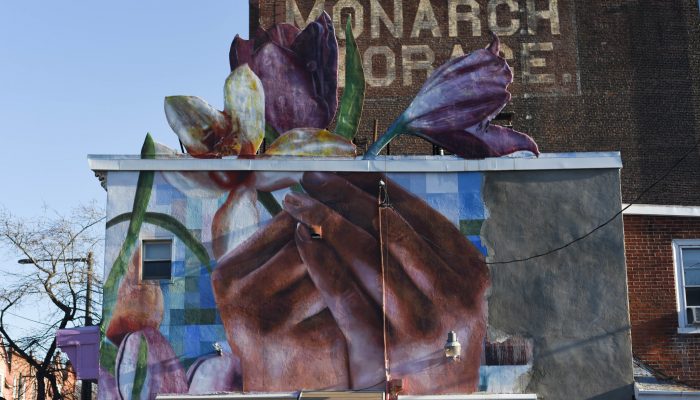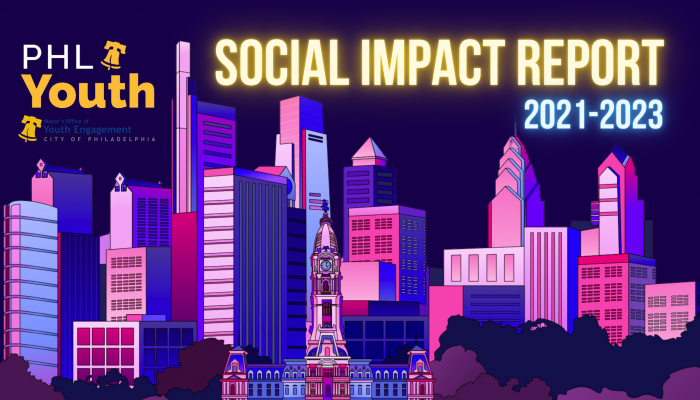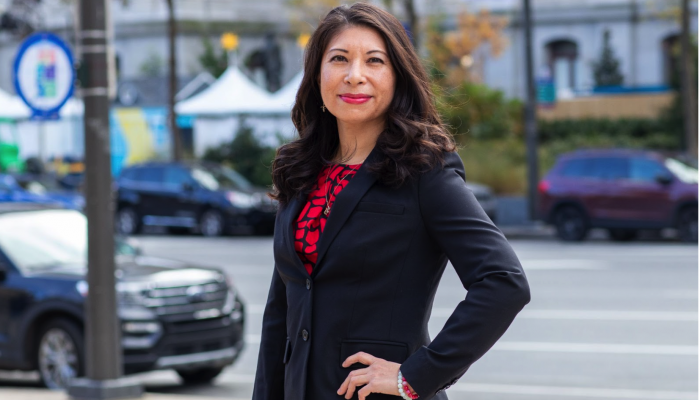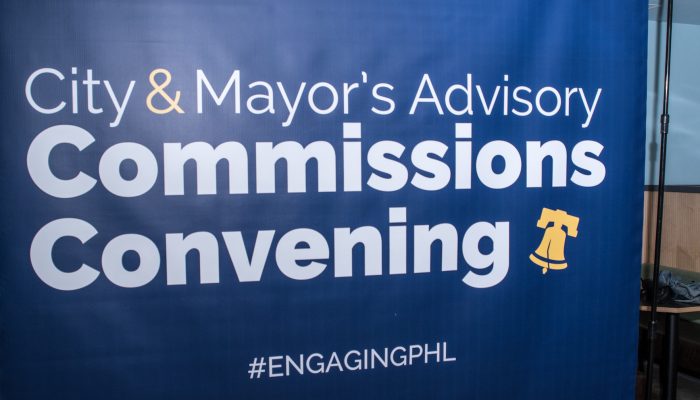Among the City’s most comprehensive tools for gathering feedback from the public is the Resident Survey. The City conducted its first Resident Survey from 2016 to 2017. At that time, it was the first effort of its kind in over 10 years.
The comprehensive survey assesses residents’ attitudes toward a wide range of City services. It also reflects Mayor Kenney’s commitment to engaging residents from every neighborhood and taking meaningful action on the issues raised.
The 2019-2020 Resident Survey
The Mayor’s Office of Public Engagement (OPE), which empowers people to create community-driven transformation by providing connections to tools and opportunities offered by City government, was a critical part of the outreach efforts for the 2019-2020 Resident Survey. Staff worked to ensure that the survey was made available to diverse communities across the city.
The results of the 2019-2020 Philadelphia Resident Survey will be used to help inform the Kenney Administration’s top priorities.
The top three concerns expressed by residents in the survey results were:
- Quality of streets and cleanliness.
- Police services.
- Public safety.
These concerns are reflected in Mayor Kenney’s priorities for the next four years, which were laid out in Equity and Opportunity for All: Priorities for Mayor Kenney’s Second Term.
Inclusive collection efforts
The 2019-2020 collection effort was led by a team that included the Mayor’s Office of Public Engagement and its Office of Civic Engagement and Volunteer Service, the Mayor’s Policy Office, and the Office of Performance Management, in partnership with Temple University’s Institute for Survey Research (ISR). Data collection lasted three months.
A number of steps were taken to ensure that the survey was inclusive and reached diverse communities in every corner of the city.
Ensured Language Access
The survey was conducted online and using paper copies. It was available in English, Spanish, and simplified Chinese. The City also utilized its telephone interpreter access line to allow for completion in additional languages.
Provided a variety of survey taking and collection methods
The City collected surveys over the phone to reduce barriers to participation for individuals with low literacy, limited computer access, and visual impairments.
For hard copy surveys, dropboxes were placed at 18 sites throughout the city, plus another five at offices inside City Hall (23 sites total). Neighborhood dropbox sites included: Police Athletic League (PAL) centers, recreation centers, and Free Library of Philadelphia branches.
Administered the survey through existing City engagement efforts
Team members administered and collected surveys at over 45 meetings and more than a dozen events hosted by community organizations, the Philadelphia Police Department, the Mayor’s Commissions, and more. Meetings hosted by community organizations included those from Registered Community Organizations, neighborhood associations, and volunteer groups. They were also collected at numerous training sessions, religious services, coalition convenings, and more.
Collaborated with partners
Over the three-month collection period, the City worked with more than 60 partners to administer the survey—including community members, City employees, community organizations, local nonprofits, elected officials, and coalitions of other stakeholders.
The link to the online survey was also shared in over 40 digital communications sent out by community organizations, local nonprofits, City agencies, and the Mayor’s Office.
The importance of feedback
Feedback from residents is an essential tool for the Kenney Administration to identify opportunities for improvement, reallocate taxpayer dollars to address pressing priorities, and make changes to City practices, policies, and programs.
Our collective approach to outreach has helped ensure diverse voices and issues are heard, because government must work for all Philadelphia residents.




